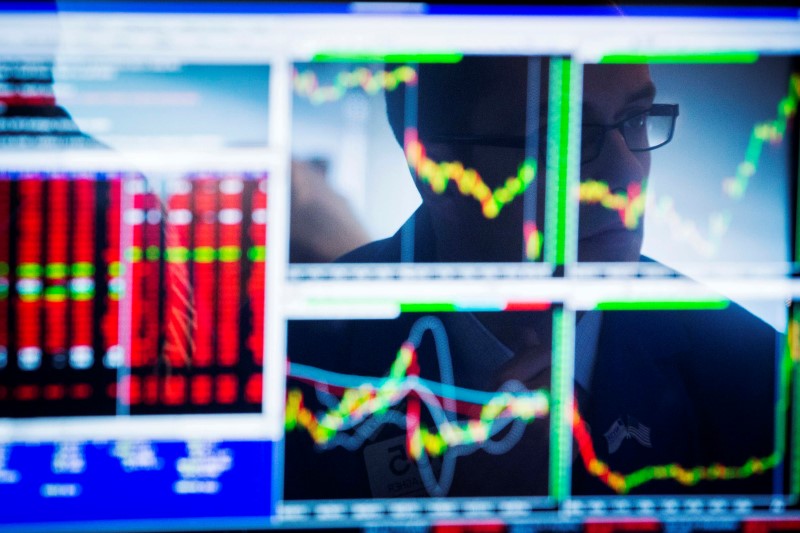Investing.com - It has been a positive few months for markets since the beginning of 2023, despite the turmoil in the banking sector and central banks' responses to the inflation problem, with the MSCI All-Country World Equity Index up 8% since January.
However, in the US banking system, the first signs of credit tightening are emerging, with annualized contractions in both commercial and industrial loans and commercial real estate loans, at the same pace that followed the global financial crisis.
"It remains to be seen whether lenders' caution will continue and extend to consumer loans," wrote Norman Villamin, group chief strategist at Swiss private bank UBP, in a note sent to Investing.com, adding that "the prospect of a turnaround in global liquidity is more worrying."
"As we have highlighted since November 2022, the expansion of central banks' balance sheets has provided temporary support to global equities and risk assets. With the ECB set to withdraw over €700 billion of liquidity through TLTRO maturities and Quantitative Tightening, and with the US Treasury potentially withdrawing $200 billion-$400 billion to replenish its coffers after raising the debt ceiling, the tailwind of liquidity is set to become a headwind in the second half of 2023," explained the expert.
All this should take place against a backdrop of slowing economic growth, with the United States, in particular, seeming destined to continue slowing down, creating "the prospect of a full-blown recession in the second half of the year."
"Between June and August, moreover, we will have the climax of the 2023 US debt ceiling crisis," emphasized Villamin, who nevertheless expects a resolution of the agreement. To see how stabilization and subsequent increases in equity and bond volatility occurred, he advised investors to look at "the 2011 debt ceiling crisis which seems to provide a roadmap also for 2023 volatility."
Asset allocation
"If we are right, we expect our recent increased exposure to volatility carry strategies through structured products to offer investors shelter amid heightened volatility if negotiations drag on to the last minute, as happened in 2011," the strategist highlighted in terms of portfolio positioning.
"This - he added - complements the carry earned within portfolios through traditional credit strategies, alternative hedge fund strategies, and even EM FX carry, while at the same time protecting against the anticipated increase in equity volatility during the summer."
Furthermore, with the end of the US rate hike cycle, UBP continues to foresee that "the strength of non-US currencies will offer an additional factor of return, especially in portfolios referenced to the USD. Gold should also continue to benefit from the end of the rate hike cycle."
